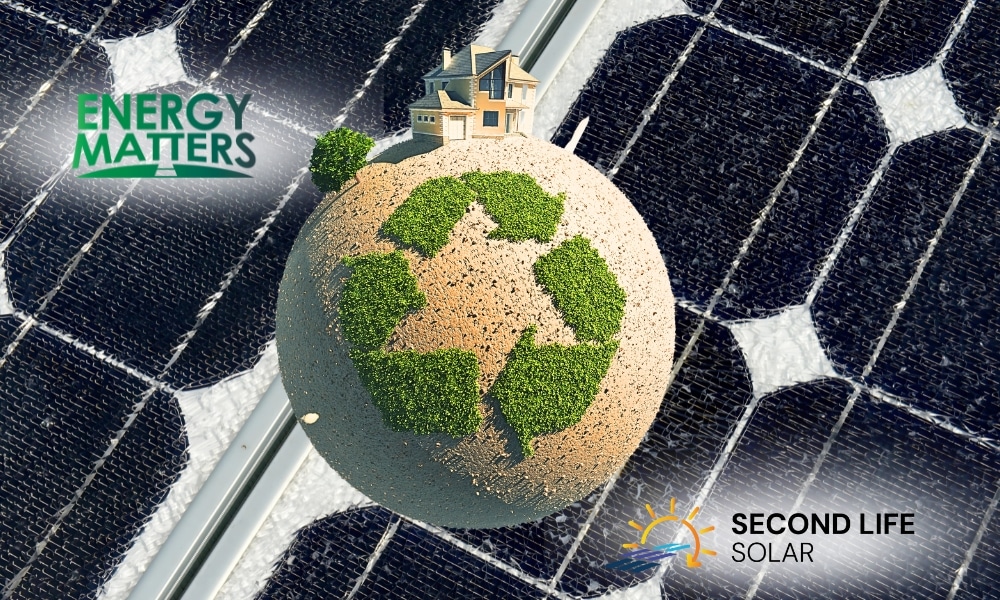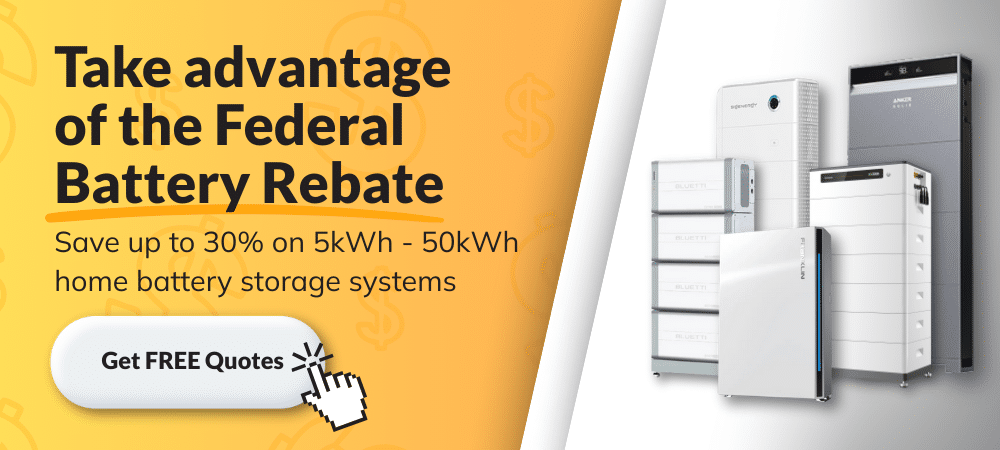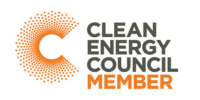As the demand for clean energy grows, solar panel recycling in Australia has become a pressing environmental priority. With thousands of solar systems approaching the end of their lifespan, the nation faces a growing challenge: what to do with end-of-life solar panels. This blog explores how Australia is responding through innovative recycling efforts and second-life solutions that reduce waste and create new economic opportunities.
Why solar panel recycling matters
The average solar panel has a lifespan of 25 to 30 years. As Australia embraced residential and commercial solar power over the past two decades, a significant volume of panels will soon reach their end-of-life phase. Without effective solar panel recycling initiatives, thousands of tonnes of waste could end up in landfills.
Key concerns include:
- Toxic materials, such as lead and cadmium, are leaching into the environment.
- Valuable materials like silver, silicon, and aluminium are going to waste.
- Missed opportunities to recover components for reuse or remanufacturing.
Proactive recycling not only addresses environmental concerns but also opens the door to a thriving circular solar economy.
The growing volume of end-of-life solar panels in Australia
Australia is home to more than 3.5 million rooftop solar systems. According to government estimates, over 100,000 tonnes of end-of-life solar panels could accumulate by 2035 if left unchecked. Factors contributing to this include:
- System upgrades are due to improved solar panel efficiency.
- Physical damage from extreme weather events.
- Premature panel failure or inverter faults requiring full system replacement.
The urgency for a national recycling strategy is becoming more evident each year.
Australia’s response: Current solar panel recycling initiatives
In response to the growing waste challenge, solar panel recycling in Australia has seen a wave of policy discussions, pilot programs, and industry-led solutions.
1. Regulatory measures
- Victoria was the first state to ban e-waste, including solar panels, from landfills in 2019.
- The Australian Government is working with the Product Stewardship Centre of Excellence to create national guidelines.
- A product stewardship scheme for photovoltaic (PV) systems is being considered, which would mandate manufacturers’ responsibility for recycling and end-of-life management of these systems.
2. Recycling facilities
Several companies are investing in dedicated solar recycling technology:
- PV Industries is building infrastructure in NSW to process panels into reusable raw materials.
- Reclaim PV Recycling in Adelaide recycles crystalline silicon panels and is expanding nationwide.
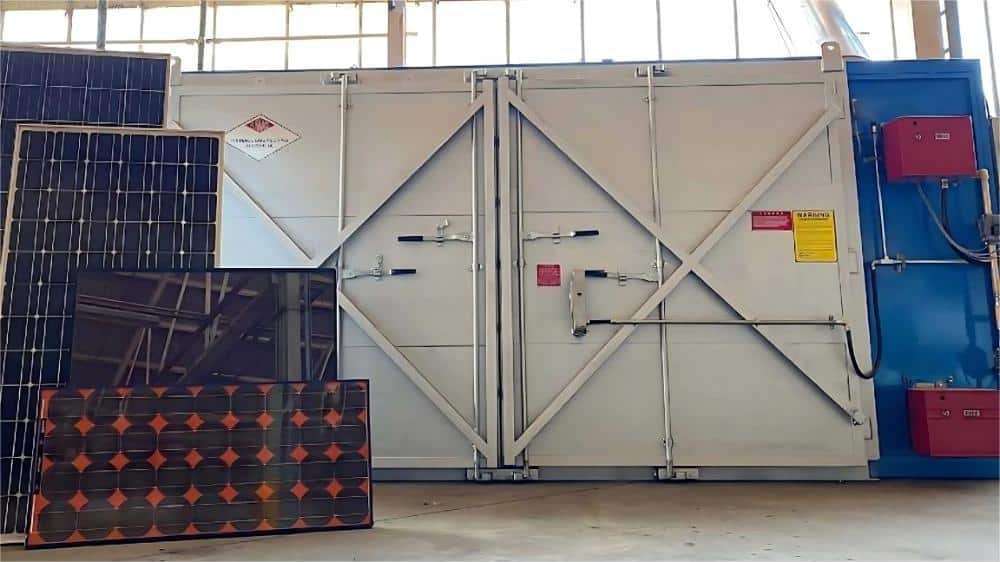
Sources: Australian Government: Department of Climate Change, Energy, the Environment and Water – Regulation for small electrical products and solar photovoltaic| Clean Energy Council – Accelerating Australia’s clean energy transition
Innovative solutions and the power of “Second Life Solar”
A compelling example of an innovative solution and the circular economy in action is highlighted in our Energy Matters Episode 6: Second Life Solar Reducing Waste and Giving Old Solar Panels a New Lease on Life.
This episode explores the work of Second Life Solar, a partnership among Blue Tribe, CSIRO, and Dubbo Regional Council. Their mission is to divert functional, used solar panels from landfills by testing them and giving them a “second life” in community projects, social housing, and small businesses.

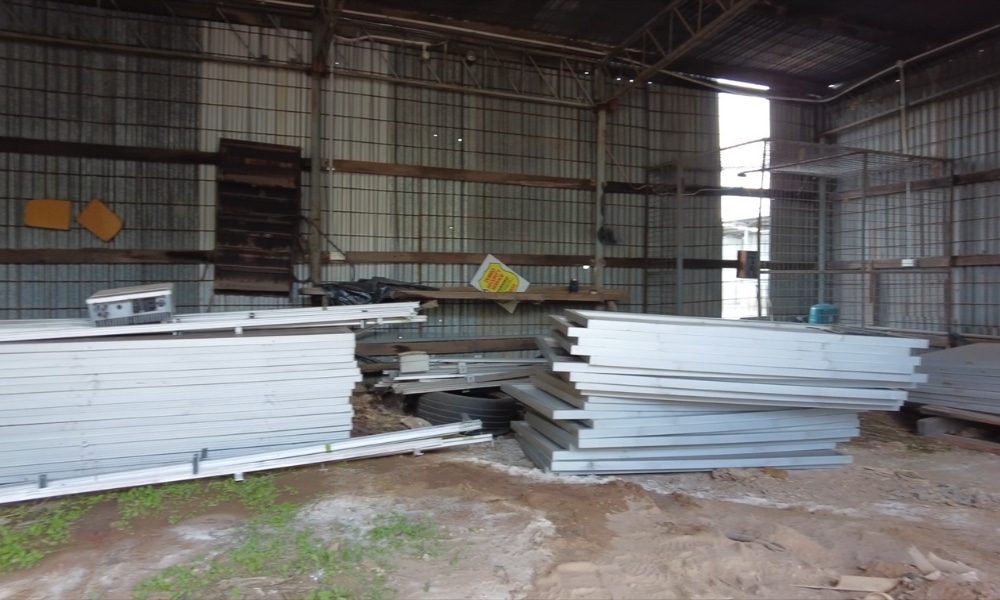
Panels that fail rigorous testing are then sent for responsible recycling, ensuring that valuable materials are recovered and reused. This not only reduces waste but also makes solar energy more accessible and affordable for a broader range of Australians, fostering green jobs and regional economic development. The episode highlights that solar energy should never be a one-time technology.
To explore innovative solutions beyond traditional recycling, check out Energy Matters Episode 6 on 9Now, which delves into how second-life solar initiatives are repurposing functional panels.
Benefits of solar panel recycling in Australia
The impact of recycling end-of-life solar panels goes far beyond just environmental responsibility. Here’s how the country can benefit:
1. Environmental impact
- Reduces toxic e-waste from entering landfills.
- Cuts down emissions from mining new materials.
- Preserves ecosystems by managing hazardous substances responsibly.
2. Economic opportunities
- Creates jobs in collection, transport, and processing.
- Opens pathways for innovation in materials recovery.
- Supports Australia’s clean energy sector with sustainable practices.
3. Energy independence and resource security
- Recovered materials, such as silicon, silver, and copper, can be recycled and reused in local panel manufacturing.
- Reduces reliance on imported raw materials and critical minerals.
Challenges in implementing nationwide solar panel recycling
While the momentum is building, several challenges need to be overcome:
- Lack of standardisation in how solar panels are made complicates recycling processes.
- High costs of dismantling and processing compared to low commodity values.
- Limited infrastructure in rural and regional areas for collection and transport.
- Public awareness is still low—many consumers are unaware that solar panels can be recycled.
To address these issues, collaboration among federal, state, and local governments, as well as manufacturers and consumers, is essential.
How you can support solar panel recycling in Australia
You don’t have to wait for national mandates to take action. Here’s what homeowners, businesses, and solar installers can do:
- Choose solar retailers who support or partner with recycling programs.
- Contact local councils or recyclers, such as Reclaim PV, to dispose of panels responsibly.
- Avoid sending panels to the landfill, even if disposal costs are higher.
- Spread awareness by sharing information with your community.
Future outlook for end-of-life solar panels in Australia
Australia has the opportunity to become a global leader in solar sustainability. As technology improves, recycling processes are becoming more efficient and cost-effective.
Expected advancements include:
- Robotic disassembly to speed up recycling.
- Chemical separation techniques for higher material recovery rates.
- Blockchain tracking systems to monitor solar panel lifecycles from production to disposal.
These innovations, combined with a strong regulatory framework, could ensure that every end-of-life solar panel in Australia contributes to a greener, circular future.
The bright outlook for solar panel recycling
The growing challenge of managing end-of-life solar panels in Australia is being met with innovation, responsibility, and a shared commitment to sustainability. Through recycling, second-life applications, and policy reforms, Australia is taking essential steps toward a cleaner, more circular solar economy.
Energy Matters is your trusted partner in navigating the world of solar. From understanding recycling initiatives to choosing sustainable solutions, we’re here to help you make smarter, greener energy choices. Visit Energy Matters today and join the movement toward a cleaner future—one panel at a time.
Energy Matters is one of Australia’s most trusted solar quote providers, thanks to our high customer satisfaction and industry recommendations. Our team of solar experts can help you get up to 3 FREE solar quotes from pre-qualified and vetted solar firms in your area.









